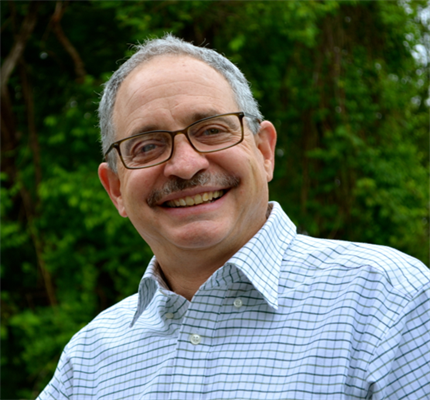The David Kaplan Lab

David Kaplan
Distinguished Professor, Stern Family Professor of Engineering
Tissue Engineering, Cellular Agriculture & Biomaterials
The Kaplan Lab focuses on five broad areas. You can learn more about this research using the links below.
- Biopolymer Engineering
- Cellular Agriculture
- Tissue Engineering
- Biomedical Devices
- Neuroscience & Neurobiology
Learn more about the Kaplan lab
Only GSBS graduate students are listed below. For more information about the individuals in the Kaplan lab from the School of Engineering, please contact the laboratory.
Lab Members Who Are GSBS Students
Liam Power
, MD, PhD Student in Genetics, Molecular & Cellular Biology